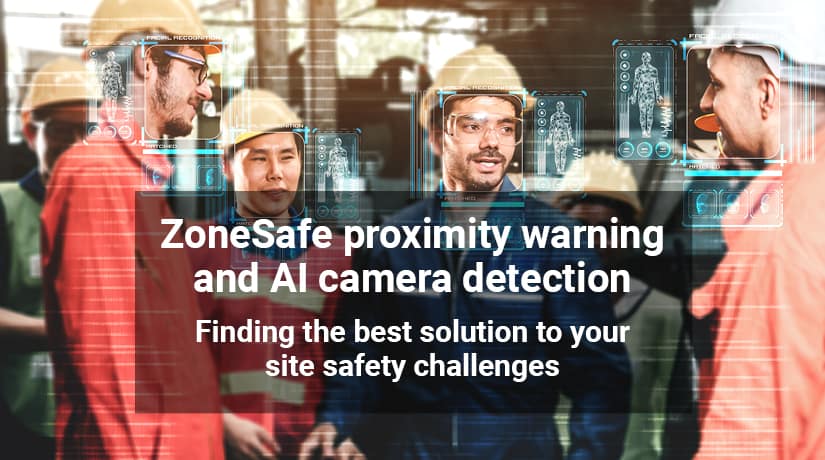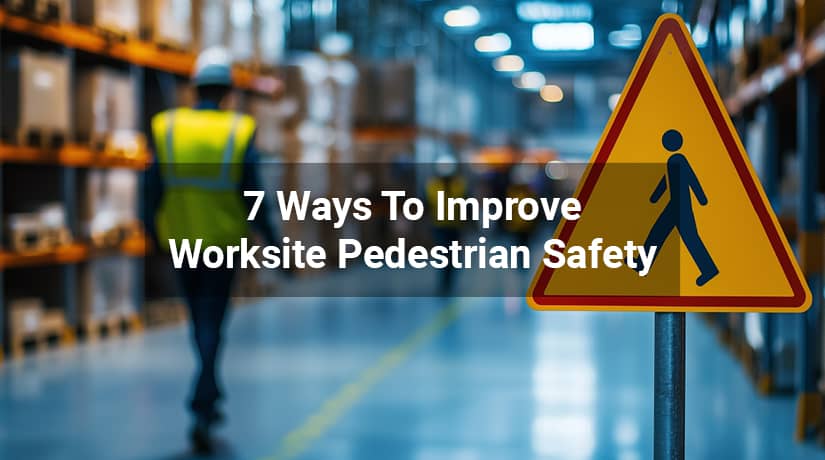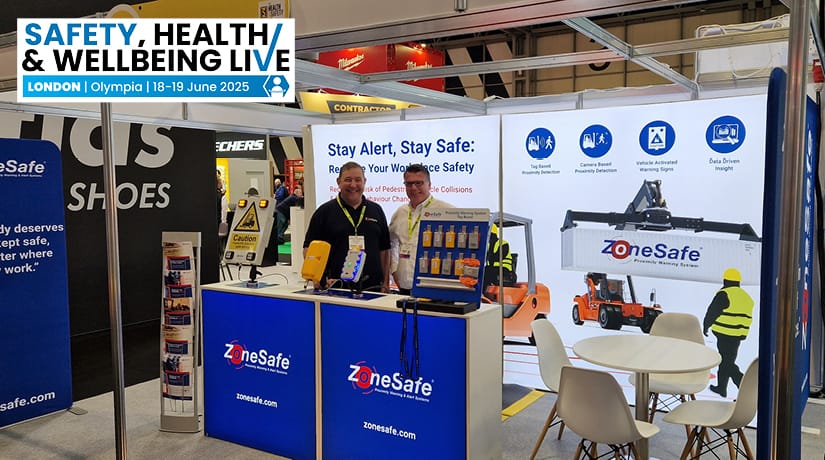Working at height is imperative for many businesses. We visited a site recently, and although we were there to tackle the issue of forklifts and pedestrians working in close proximity inside the warehouse, we had to hot-foot it across the outside courtyard section, as it was raining. We had to travel underneath a cherry picker, and my colleague managed to shove me out of the way before a piece of wiring landed at my feet. It wasn’t particularly heavy and probably wouldn’t have caused any damage, but this could have been a different story if the object was a heavy piece of masonry.
Our host told me: “That happens all the time – nobody had been hurt though. We keep an eye out for everyone here.”
But what if you weren’t so lucky?
Workers at height are more common than we think. From, workers on a construction site, to an engineer working up a ladder in a warehouse and an overhead power line worker – working at height ‘remains one of the biggest causes of fatalities and major injuries’ (according to the HSE).
Near-miss accidents from work at height accident (specifically objects falling from height) keep getting ignored, or are just not being documented. But why is this?
Statistics show heavy risk
Annual statistics compiled by the HSE (Health and Safety Executive) show that over the past few years, the top 3 causes of fatal injuries are due to falls from a height, being struck by a moving vehicle and getting trapped.
Data from the year 2016/17 reported that of 137 workers suffering a fatal injury, more than 20 of them died due to being struck by a flying/falling object. It’s extremely serious, and unreported near-miss incidents do not help to fix the ongoing problem.
Example case study
A waste processing firm was fined over £70,000 after an employee was crushed to death when the carpet bales he was processing fell on him from a nearby stack. An investigation by the HSE showed that the company failed to set up any exclusion zones around the stack of bales, and that they failed to ensure proper controls to reduce the risk of falling bales or injuring workers.
Exclusion zones
The importance of exclusion zones for pedestrian safety when employees are working at height are becoming paramount. Nationwide Platforms discussed that within the construction industry, when using scaffolding – toe boards and the use of debris nets should be considered. ALL trades are expected to consider barricading-off immediate areas of danger below the work area.
Platform areas
When using MEWPs (Mobile elevating work platforms) the suggestion is to use exclusion zones around the base of the MEWPs. Nationwide Platforms state that: ‘Best practice in the use of MEWPs is to protect the immediate risk, and should always be followed precisely.
They go on to say that ‘risks to personnel are of greatest concern. MEWPs, particularly booms, are frequently required to move up and over buildings, roofs, fragile structures and other objects. Falling objects could damage that would be costly and difficult to repair’.
Personnel injuries from objects falling from height
The HSE statistics from 2015/16 showed that there were over 7000 incidents of workers suffering from a non-fatal injury from falling objects, of which around 5,682 employees were off work for over 7 days. Falling objects don’t just affect workers. The general public can also be seriously harmed or can suffer a fatal injury.
What can be done?
PPE
Personal Protection Equipment (PPE) – in particular a hard hat – can seriously help to reduce the injuries that can be caused by a falling object. There are other types of PPE that you can used in conjunction with hard hats when at risk from falling objects. A personal protection alarm, such as the MicroGuard can allow an alarm to be raised automatically via the ‘man down’ function if you (or someone else) has suffered an injury from a falling object.
Tool safety
There are many tool belts available that can be used to attach certain tools to. These will greatly reduce the chances of tools falling from height by accident. Tools that have been left unattended on site can be accidentally knocked over the edge of the platform and can hit a pedestrian – so taking precautions and using the necessary equipment to reduce risk is important.
Training
Training is extremely important, and employers should be taking a proactive approach towards providing relevant training for all employees. In particular, raising awareness of the risks of working at height and dangers of falling objects helps workers to be more careful when they are working with pedestrians below is important. Objects falling from height is AS important as workers falling, as objects can actually create more deaths as people are unprotected. Training helps! This RoSPA-approved ‘Online Working at Height Training Course’ from High Speed Training Ltd is a great start. Click here for details.
Exclusion zones
Exclusion zones are just that; excluding personnel from areas where their safety is at risk. Walkways should be clearly marked with hazard signs and overhead covers. If there is a higher risk of material collapsing or falling objects and debris, then it is very important to provide a reasonable diversion and restrict access to those areas.
DropZone by ZoneSafe
DropZone is an application used to protect groundworkers from being struck by falling objects/equipment when personnel are working at height on structures such as overhead pylons.
When work is undertaken at height, materials, equipment and tools can be accidentally dropped, causing a significant risk to personnel working in the area below. The ZoneSafe system creates an invisible demarcation zone (marking off the boundary) below the point of work, known as the ‘drop zone’.
How does it work?
- All groundworkers wear a ZoneSafe active tag. This ensures that they are detected when entering the drop zone.
- The DropZone detection unit is set up underneath the working at height area, and creates an invisible demarcation zone around the area of up to 18m diameter.
- An audible and visual warning from the unit alerts all workers when they enter the zone.
- The tag will vibrate when the pedestrian enters the detection zone, alerting them of any danger.
- When the worker exits the drop zone, the alarm stops.
To find out more, visit zonesafe.com




